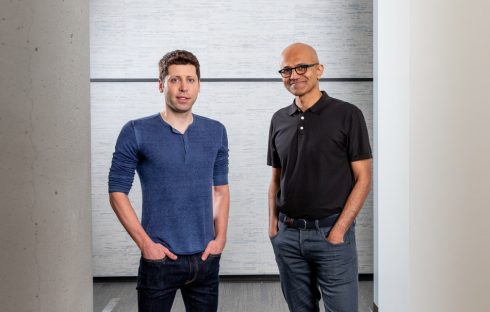
OpenAI and Microsoft are partnering to accelerate breakthroughs in AI in Azure and help developers build the next generation of AI applications.
The companies said they are focusing on building a computational platform in Azure, which will train and run increasingly advanced AI models, including hardware technologies that build on Microsoft’s supercomputing technology.
“AI is one of the most transformative technologies of our time and has the potential to help solve many of our world’s most pressing challenges,” said Satya Nadella, CEO of Microsoft. “By bringing together OpenAI’s breakthrough technology with new Azure AI supercomputing technologies, our ambition is to democratize AI — while always keeping AI safety front and center — so everyone can benefit.”
Adobe introduces new way to prototype voice experiences
Adobe introduced new tools to enable users to prototype voice experiences using Adobe XD and Amazon Alexa as the rate of adoption of voice-enabled devices accelerates.
“Experiencing your prototypes on real devices can help your clients or stakeholders better understand and experience your vision. Plus, by having voice prototypes readily available on an Alexa-enabled device, you can have more design-focused conversations about your Alexa skills and iterate without having to go through full product development cycles,” Adobe wrote in a post.
Users can interact with Amazon-enabled devices such as the Amazon Echo to test how voice features will be incorporated into their processes and applications.
TypeScript 3.6 beta released
Microsoft released the beta version of TypeScript 3.6, which is feature complete for the final version at the end of August.
The beta release introduces new features such as stricter checking for iterators and generator functions, more accurate array spread, improved UX around promises, and semicolon-aware code edits.
It also includes DOM updates and now TypeScript will only consult immediately preceding JSDoc comments to figure out declared types in JavaScript files, the team explained. The full list of features is available here.
Fast pair for Android gets new features
The Android team introduced new features for Fast Pair for Android to improve Bluetooth device management.
Later this year, True Wireless Stereo (TWS) headphones with Fast Pair will be able to broadcast individual battery information for the case and buds to enable features such as case open and close battery notifications and per-component battery reporting throughout the UI.
Additionally, Fast Pair devices will be visible in the Find My Device App and website, and in Android Q, Fast Pair devices will have an enhanced Bluetooth device details page to centralize management and key settings.
The detailed list of features can be viewed here.






